In a conventional continuously variable transmission (CVT) design, the stepless change in ratios are made possible by a pair of pulleys which expand and contract, connected by a metallic belt. This is the gearbox of choice in many cars designed with economy in mind, though its nature means that the rise and fall of an engine’s RPM when paired with a stepped transmission is replaced by a more constant droning sound.
With the Smartstream iVT (intelligent variable transmission), Hyundai has replaced the conventional CVT belt with a chain belt, which aims to combine the efficiency of conventional CVT transmissions with improved response when changing ratios, as well as more a efficient output transfer. The Smartstream iVT reproduces the shift pattern of a manual transmission that better reflects the driver’s intent for a more responsive feel.
The chain belt in the Hyundai iVT uses the belt tension to adjust the the pulley diameter, this way eliminating belt slippage and improving efficiency as a result. The chain belt is maintenance-free and also has a longer lifespan than a conventional CVT belt, making for improved reliability, says Hyundai.
This transmission features in the latest-generation Hyundai Elantra, where it is paired with the Smartstream G 1.6 MPi engine that produces 123 PS at 6,300 rpm and 154 Nm of torque at 4,500 rpm. Here, the Smartstream iVT offers a 4.2% improvement in fuel consumption and 5-8% reduction in power loss, says Hyundai.
The Smartstream transmission is designed and built in-house at Hyundai Transys, which is a merger of Hyundai Powertech and Hyundai Dymos. The Korean manufacturer also claims that it is currently the only company in the world to have comprehensive technology for all transmission types, which is constantly evolving alongside the progress of performance and technology of its engine development.
GALLERY: 2021 Hyundai Elantra
Looking to sell your car? Sell it with Carro.

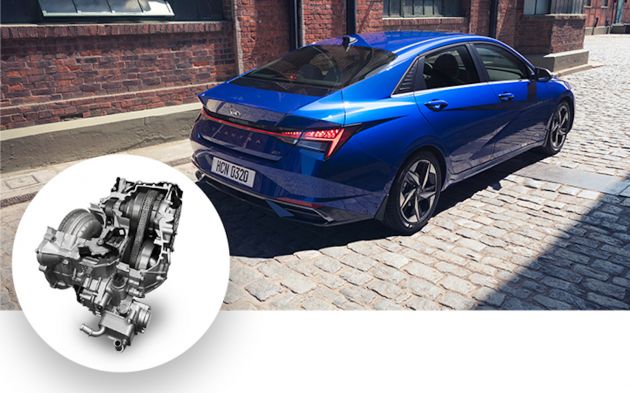





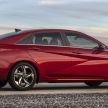
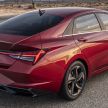











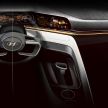




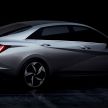
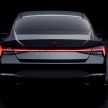
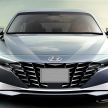












Chain belt has been available in Nissan, Toyota, Honda CVT.
Not like Punch CVT for local cars – rubber belt CVT.
The performance is big difference
CVT perform more like – AT, smooth enough if the engineering design is good.
Nissan Almera Turbo CVT is chain belt.
Its suffer at higher rpm rev – simply due to the engine no horsepower, no torque at high rpm.
Rubber belt??
Much Earlier, Nissan also using rubber belt CVT
Rubber belt???
Dude, Punch CVT also used a chain belt. All punch CVT also used chain belt
It’s right, what missing in Proton Punch CVT is missing Torque Converter.
Hence the rubber band effect is there.
With torque converter, chain cvt perform like torque converter AT, better..
correct. Hyundai has the conventional torque converter gearbox either 4 speed, 6 speed and more – mechanicl or electenic controlled. it does have dual clutch transmision as well as this CVT in the said article.
once you go DCT all these are toys ..
DCT also a type of toy
177hp 255Nm, but reality 10s to 100 is pretty a joke with the DCT used.
DCTs have been made obsolete by newer torque converter tech, you’ll see in modern vehicles Ford,GM,VW going back to 8 speed TC from DCT. best to get a bit more updated
Here some insights in auto trans world. The best torque converter you can get in today’s car is a BMW 8 speed ZF transmission. It’s lightweight, as quick as DCT, could withstand high torque, wildly used in high performance sports car from US and Europe. While, the best DCT you can find is, inside something like ferrari, lambo, or aston, koenigsegg etc. Traditional torque converter could never match it’s performance. While CVT….
CVT is for efficiency, that’s the only good point. CVT is trying hard to mimic normal auto trans, torque converter is trying hard to be as fast as DCT that’s why BMW 8 speed ZF trans was born, while DCT is trying hard to mimic a manual trans namely sequential gearbox bcoz that’s the fastest manual trans and it can be shifted up and down instantly whenever the driver wants and shifted only in a few millisecond, only DCT could be faster but hesitating and out of sync against driver when downshifting that they need an override.
Nothing new. The Subaru Lineartronic CVT is already using a chain belt in their CVT. They call it Lineartronic.
its still cvt
I have study a number of great goods the following. Well worth bookmarking pertaining to revisiting. I personally big surprise just how a great deal of try you placed to generate the sort of fantastic helpful internet site.. Buckle Belts
Absolutely no point in saving a few cents per tank of gas… if you’re going to have to replace the transmission every 2 years.
I don’t understand. Hyundai makes great transmissions.
I will never ever buy another car with a CVT transmission.They are junk,and wipe you out money wise.
I had a new 2010 Nissan Altima v6 CVT. I had my car dealer serviced and even had a after-market heavy duty Transmission cooler installed when I bought it. 3 years later at 122,000 miles boom . Transmission went out the belt snapped on the interstate.
It costed me 7300 bucks for it to be replaced. I picked up my car and told them I will never buy a Nissan again, I went across the street to the Lexus dealer ship and traded my car in on a new 2015 Lexus Es 350 , I drove back across the street and pointed it out to my salesman,that he will never see me again , he was a jerk. My Lexus has 230,000 miles on it and never had the first problem out of it save for normal up keep and its a Hybrid Cvt but Toyotas CVT are not true CVTs they are Vastly different. They have a chain or had a Chain they have gotten rid of that part now in there Hybrids.